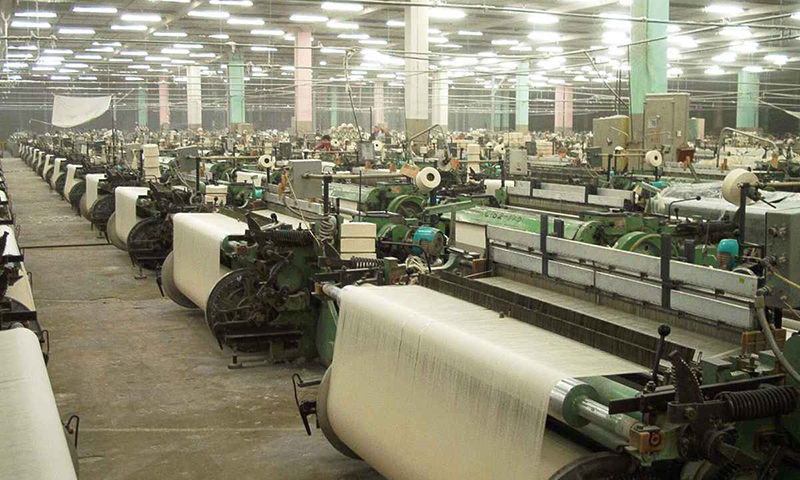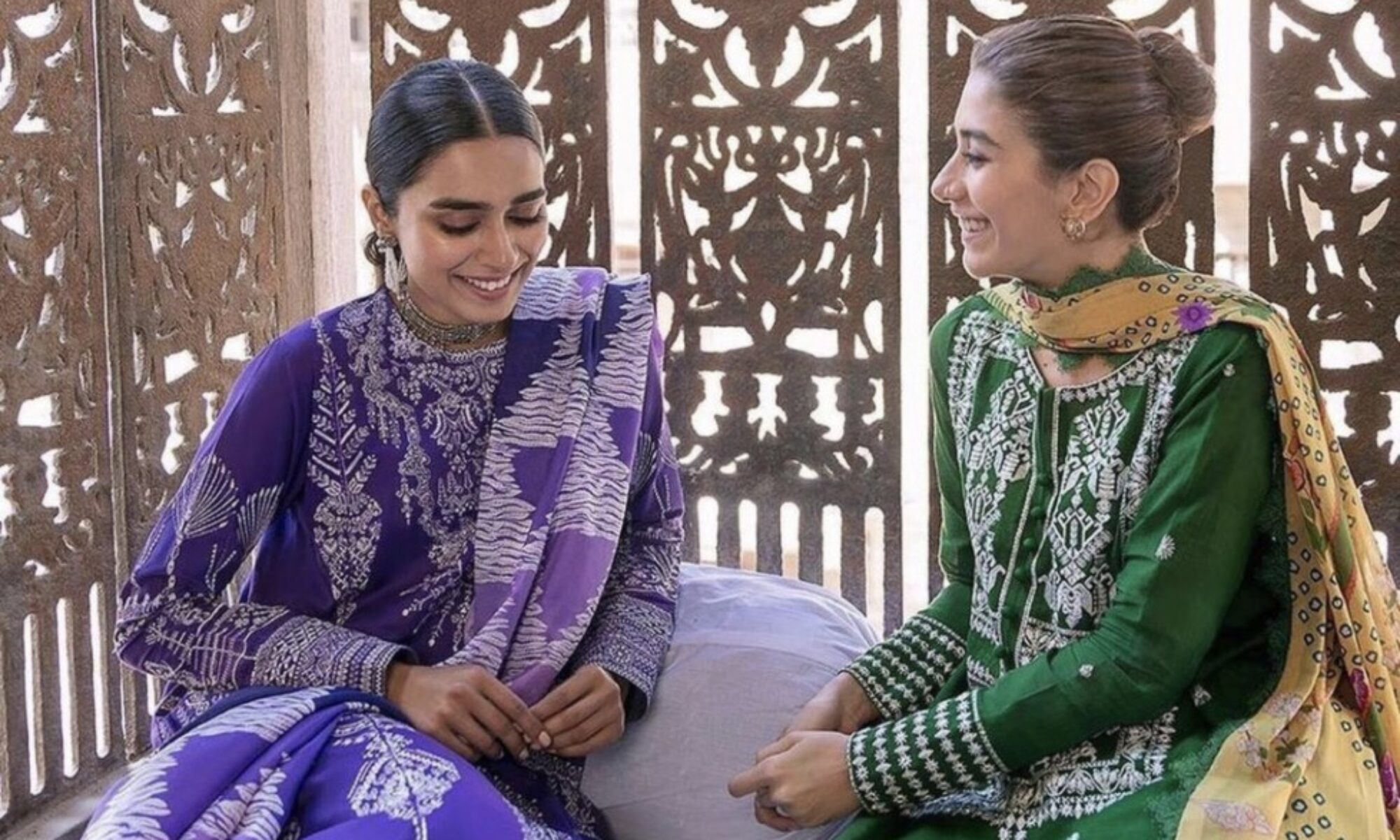
Fabric is a generic term used to define material made by substantial weaving, netting, braiding or knitting. Textile can be classified into different categories according to their fiber components such as cotton, wool, silk which are known as the natural fiber vs the synthetic fabric which are polyester, rayon and nylon. The value and the quality of the fabric highly depends on several factors such as the worth of the raw material, the character of the yarn spun on the fiber. Other factors that also determine the quality of the fabric are the texture whether it’s clean, smooth, fine, and the density of the weave.
When it come to Pakistan, Cotton is know as the premium fabric because of its rich quality, color, texture, substantial designs and its competitive pricing. As of right now, Pakistan is the world’s fourth largest producer and the third largest consumer of Cotton. About 10% of the world’s cotton comes from Pakistan. The cotton industry have contributed over 8.5% in GDP. It also provides up to 67% of Pakistan’s Export, as well as,”employment to about 15 million people, 30% of the country work force.” (Fayyaz, 2010).
After the Pakistan’s Independence on 1947, two textile mills were build as a colonial heritage, which played a crucial role into the country’s economic and industrial development. Since then textile industry have progressed exponentially, from only having few spinning factories, now there are over five hundred factories located through out the country.
The Technique of making cotton into a fabric:
Ginning:
Ginning is the first mechanical step , which is the process of separating lint from seed to cotton.
Spinning:
Spinning converts the fiber into yarn for weaving, knitting and etc.
Weaving:
Loom weaves the yarn accordingly to a fabric. The last but not least step is textile dyeing, printing and fabric bleaching.
Even after the Pandemic, the Cotton and textile industry still continues to grow, “At present, there are 1,221 ginning units, 442 spinning units, 124 large spinning units and 425 small units which produce textile products.” (Fayyaz, 2010). The textile industry itself have kept the Pakistan’s economic from crumbling.



